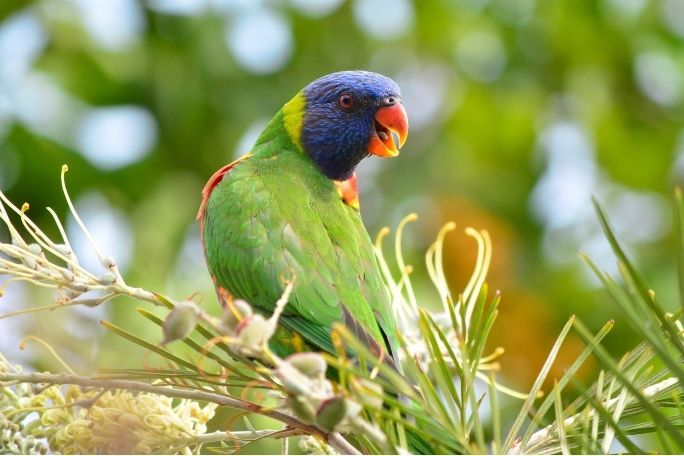Lesson summary
Over hundreds of years, animals have adapted and evolved to become perfectly suited to the environments they live in. Of course, they don’t have access to the technology that you have. Are you clever and creative enough to design a brand new animal with adaptations and evolutions that make it even better at surviving in a future world affected by climate change?
Lesson guides and printables
Lesson details
Curriculum mapping
Resources required
- Art supplies: coloured pencils, pens, paint, coloured paper, glue, scissors
- White paper
Tips for parents or carers
Remind your kids that there is no wrong way to do art. All of their ideas and approaches are allowed here, so long as they’re helpful to the animal’s survival.
Ask your kids questions about their own real-life solutions to some of the problems presented by climate change, such as how do they keep hot/cold, or how they travel (migrate) long distances. The animals can do the same
Kids may show interest in exploring wildlife further. There are some great documentaries on Netflix, Disney+ or YouTube. Consider connecting in with your local zoo, wildlife park or park ranger to deepen their understanding of animals. Different dog and cat breeds are a great place to start when exploring why animals have developed in certain ways, as they are often bred for purpose.
You may like to use this activity as a gateway to speak to older kids about how they differ from their peers, and to embrace those differences for their uniqueness and helpfulness.
Additional info
Learning@Home resources are designed for parents and teachers to use with children in the home environment. They can be used as stand-alone activities or built into existing curriculum-aligned learning programs. Our Learning@Home series includes two types of resources. The first are fun and challenging real-world activities for all ages, the second are self-directed lessons for upper primary and secondary students. These lessons support independent learning in remote or school settings.


Welcome back!
Don't have an account yet?
Log in with:
By signing up to Cool.org you consent and agree to Cool's privacy policy to
store, manage and process your personal information. To read more, please see
our privacy policy here(Opens in new tab).
Create your free Cool.org account.
Many of our resources are free, with an option to upgrade to Cool+ for premium content.
Already have an account?
Sign up with:
By signing up to Cool.org you consent and agree to Cool's privacy policy to
store, manage and process your personal information. To read more, please see
our privacy policy here(Opens in new tab).